Leading the crew is commander Jing Haipeng, who just completed his fourth mission in space, as well as engineer Zhu Yangzhu and Beihang University professor Gui Haichao, the first Chinese civilian astronaut to fly into space.

The Shenzhou-16 manned spacecraft, atop a Long March-2F rocket, blasts off from the Jiuquan Satellite Launch Center in China on May 30, 2023. Photo: Xinhua
The Shenzhou-16 spacecraft and three astronauts lifted off on a Long March-2F rocket from the Jiuquan Satellite Launch Center in the Gobi Desert, northwest China at 9:31 a.m. local time today.
The astronauts on Shenzhou-16 will replace the three-member crew of Shenzhou-15, who arrived at the Tiangong space station in late November.
The mission will "carry out large-scale, on-orbit experiments... to study novel quantum phenomena, high-precision space-time frequency systems, verify general relativity and the origin of life," China Manned Space Administration (CMSA) spokesman Lin Xiqiang said on Monday.
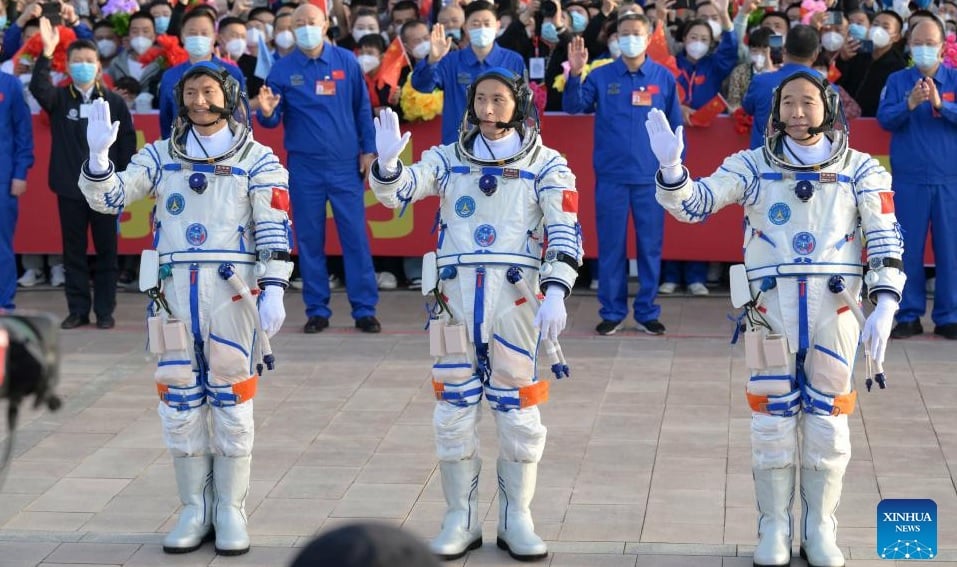
Chinese astronauts Jing Haipeng (right), Zhu Yangzhu (center) and Gui Haichao during the flight. Photo: Xinhua
China's three-module Tiangong space station was completed late last year after a total of 11 crewed missions since April 2021. It began with the launch of the first and largest module - the station's main living quarters.
China has been excluded from the International Space Station (ISS) since 2011, when the US banned NASA from working with it – spurring Beijing to develop its own orbital outpost. China’s next Shenzhou-17 mission is scheduled to launch in October this year.
Hoang Hai (according to Xinhua News Agency, AFP, CNA)
Source


![[Photo] Closing of the 11th Conference of the 13th Central Committee of the Communist Party of Vietnam](https://vstatic.vietnam.vn/vietnam/resource/IMAGE/2025/4/12/114b57fe6e9b4814a5ddfacf6dfe5b7f)
![[Photo] Overcoming all difficulties, speeding up construction progress of Hoa Binh Hydropower Plant Expansion Project](https://vstatic.vietnam.vn/vietnam/resource/IMAGE/2025/4/12/bff04b551e98484c84d74c8faa3526e0)




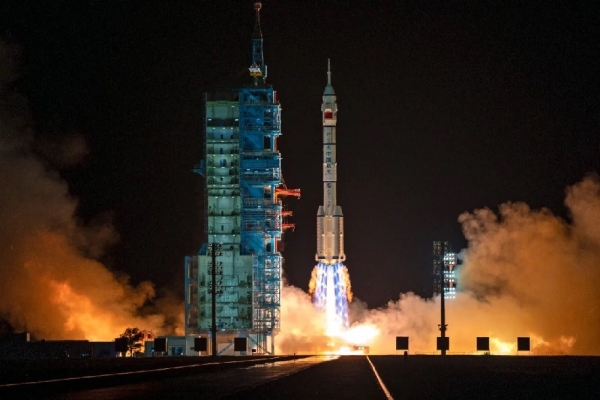

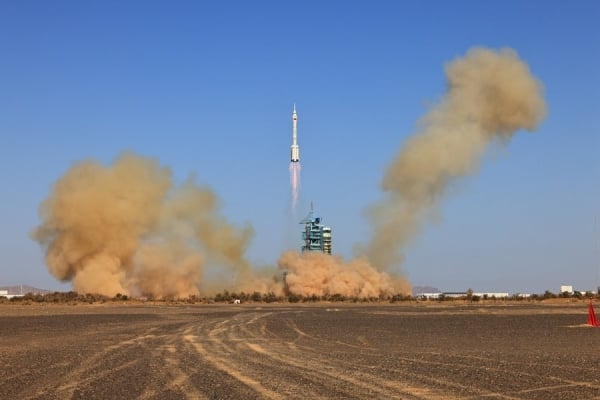


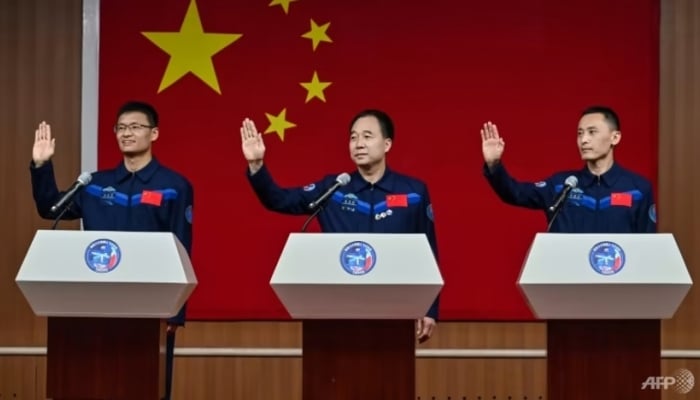


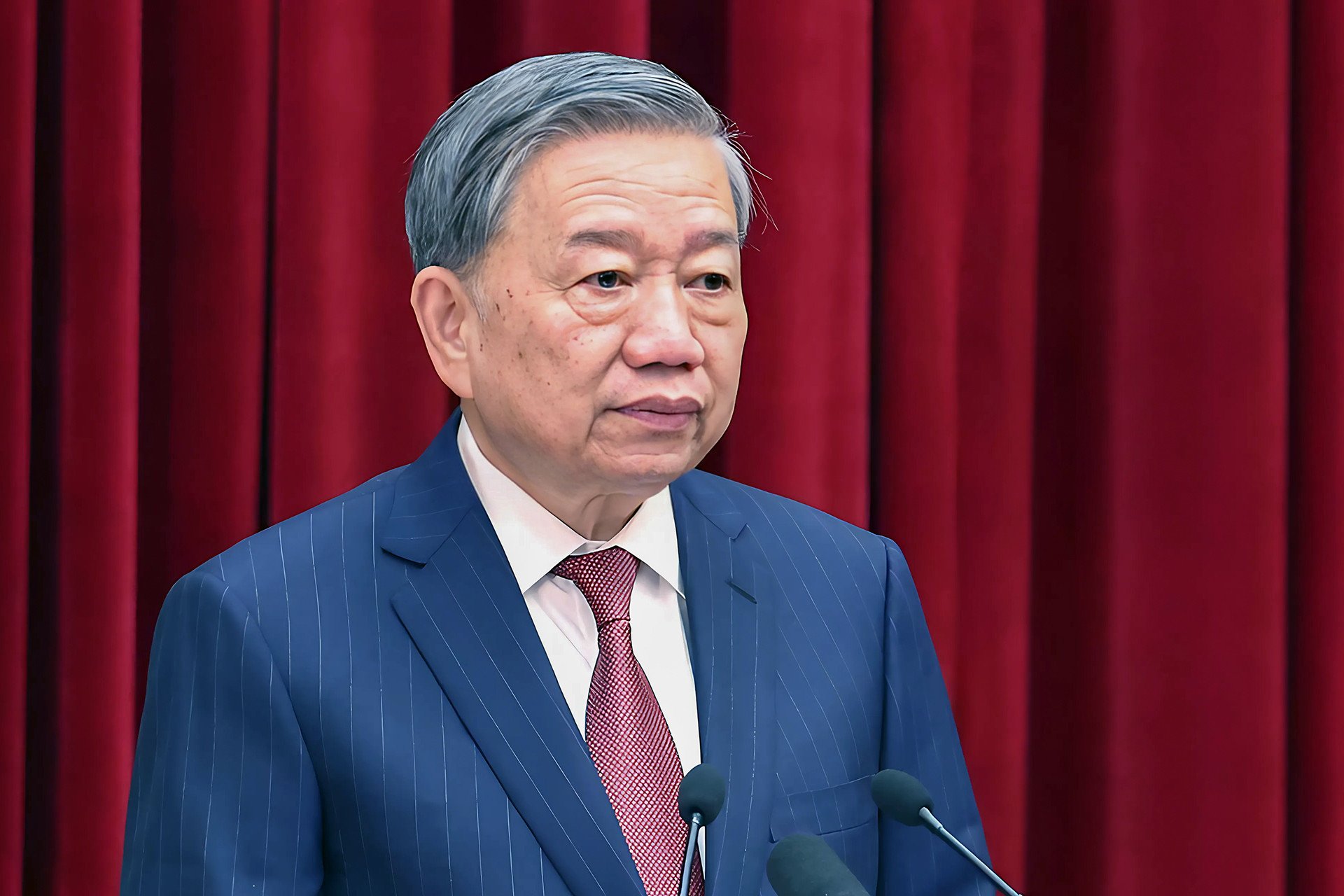

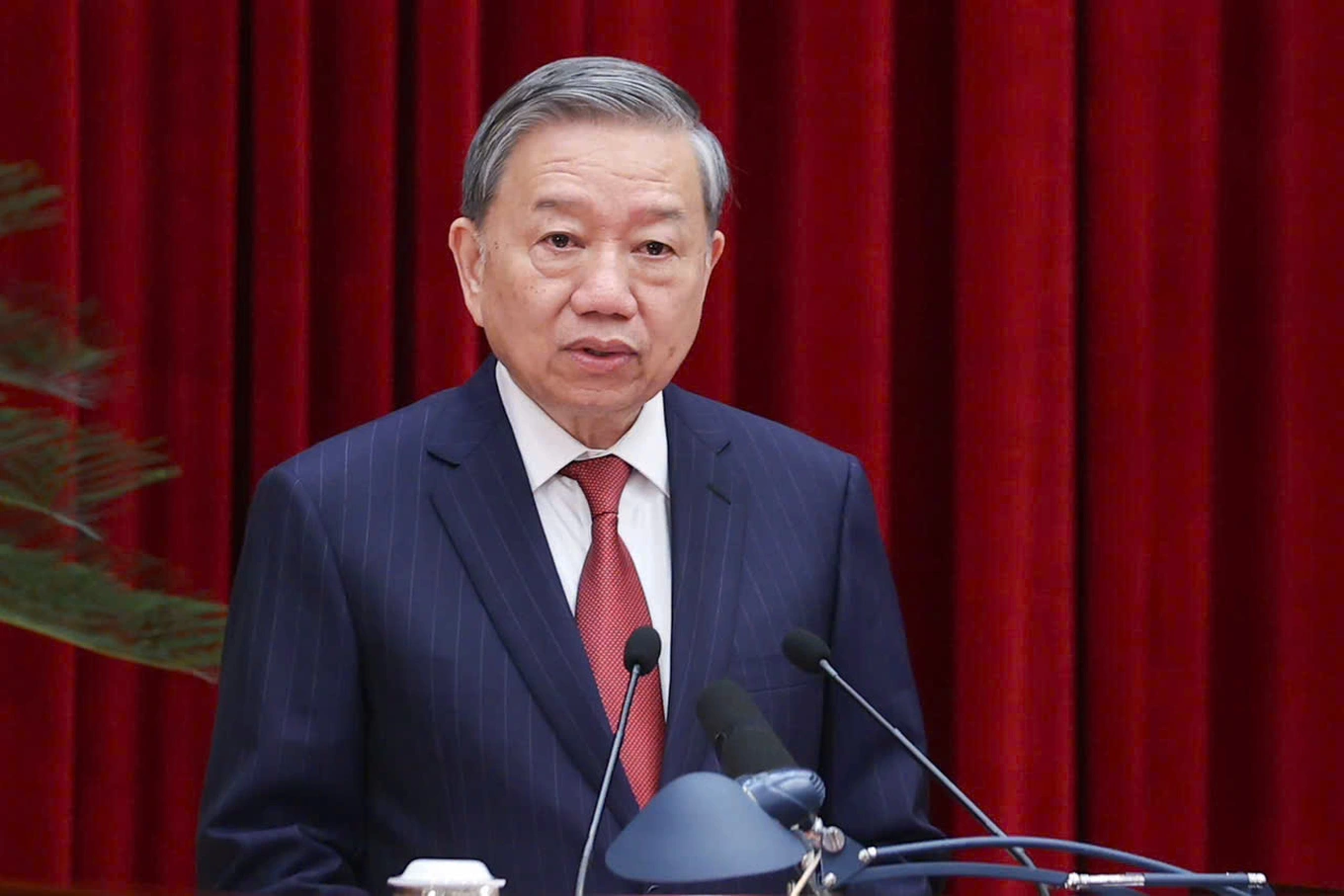
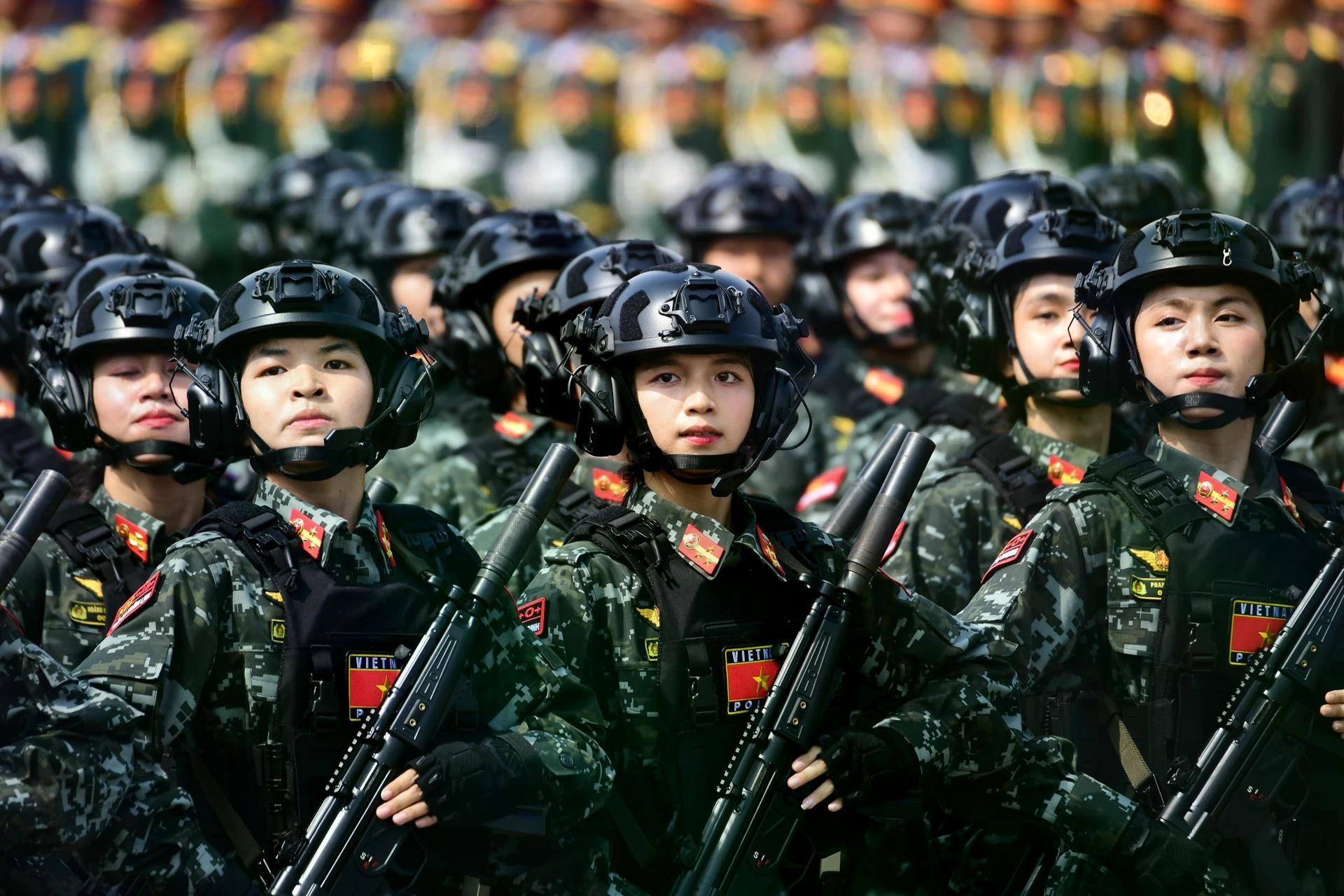






















































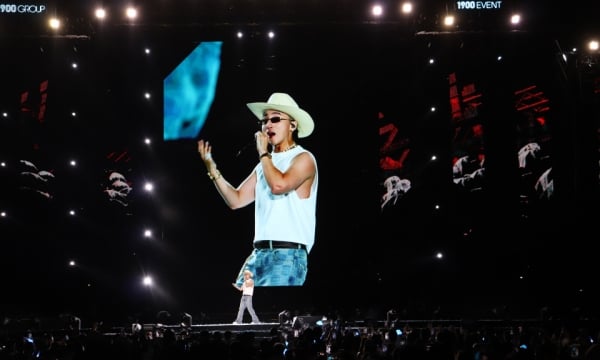

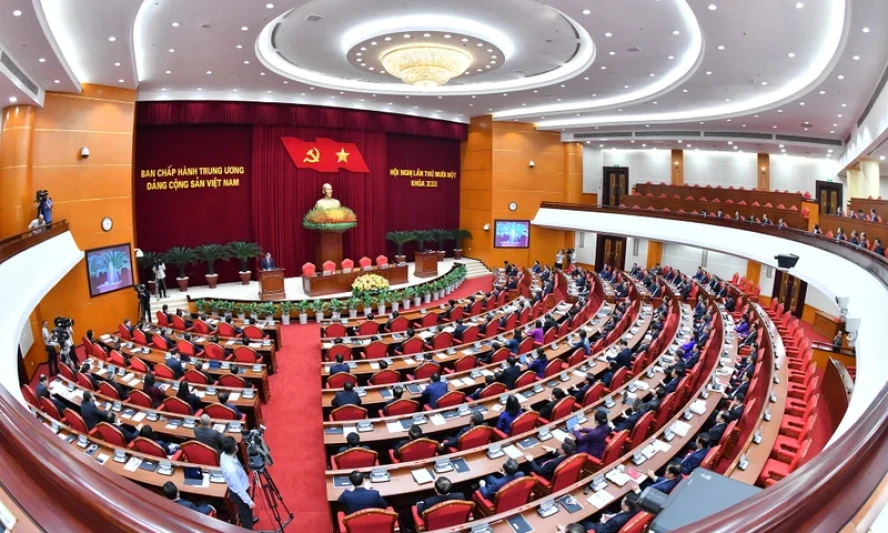
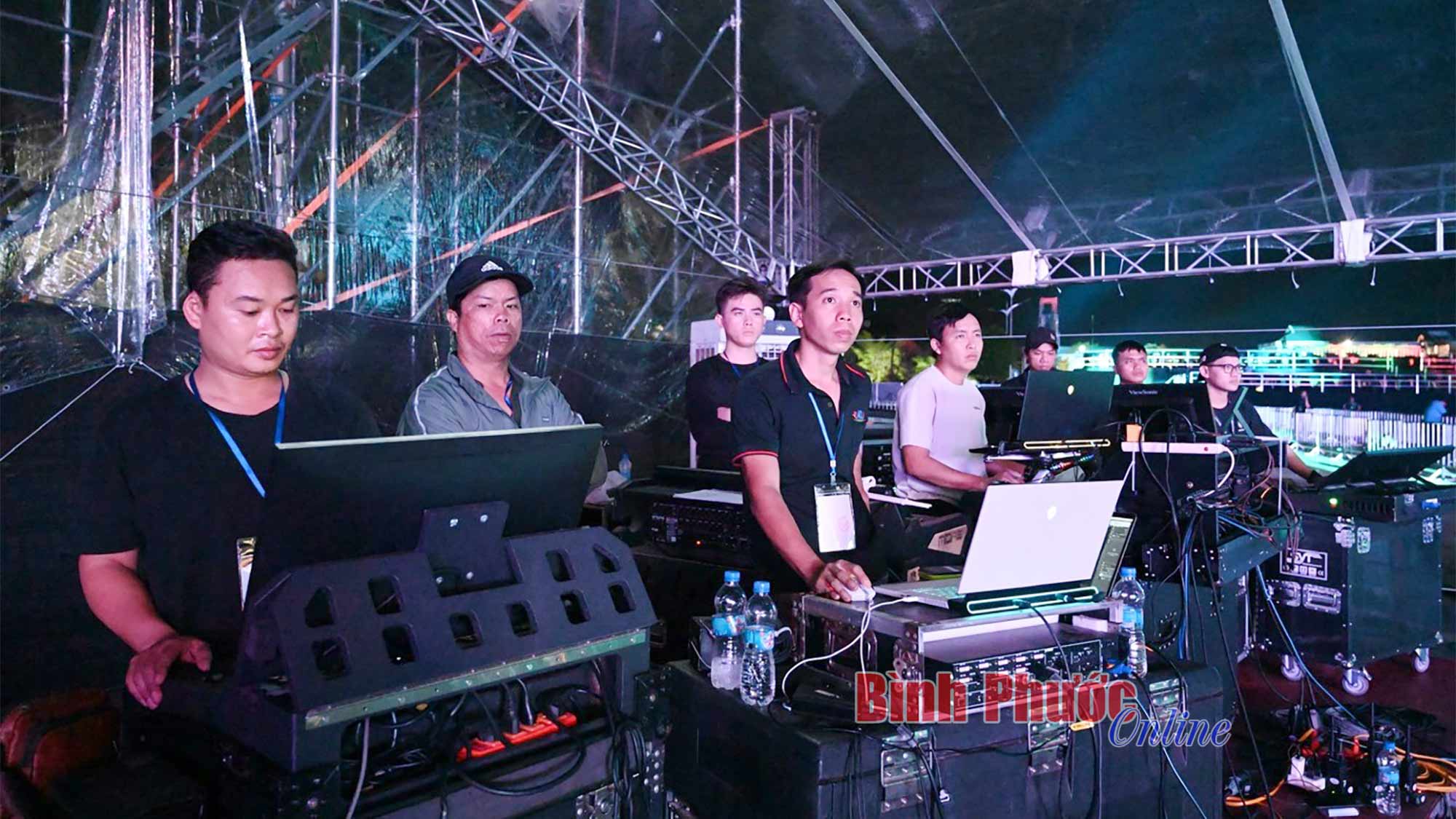















Comment (0)